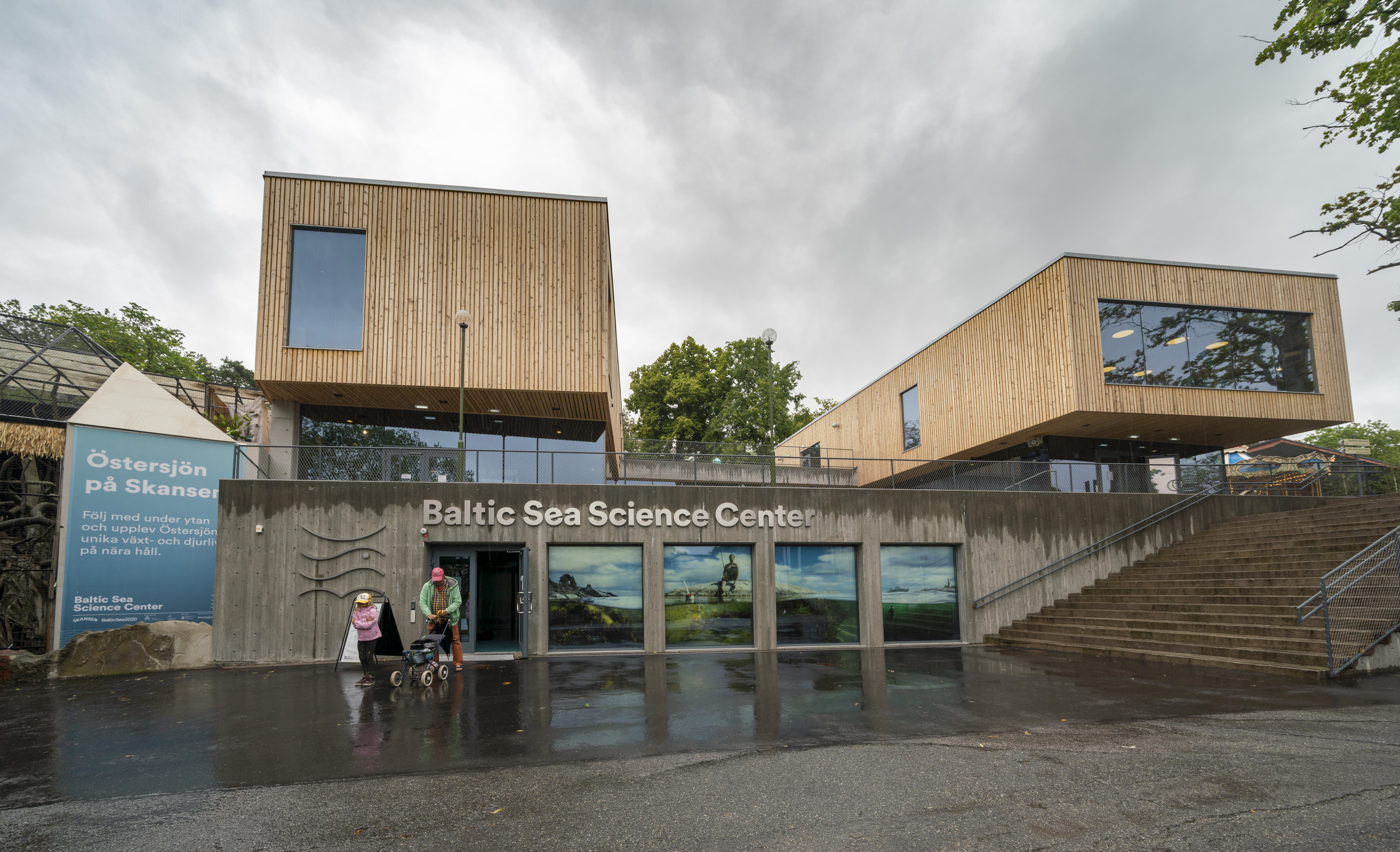
Fishes at the new Baltic Sea Center require top-class installations
Artikel from magazine VVS-forum
During the spring, the new Baltic Sea Center at Skansen will be inaugurated, which places great demands on the installers. Humid and dry environments must be kept separate, and the fish's aquarium water must not be overheated by visitors... a big challenge is to purify the water of the aquariums. In one of the two filter rooms, Jocke Hofsted, operator from Processing, is working to get protein skimmers and drum filters up and running.
The protein foams remove the excess protein, such as feces from the fishes out from the water. They also skim off carbohydrates, fats and certain substances. In nature, this is controlled by the waves of the sea, but in aquariums machines are required that simulates the natural process.
Air is forced into the water inside the protein skimmer. Depending on the size of the air bubbles, different substances bind to the bubbles and are removed. In the large aquarium, with 250 cubic meters of water, all water rotates in two hours - day in and day out, all year round.
There are a total of four protein skimmers, which handle water with different salinity. The waters of the Baltic Sea have salinities that vary from almost completely salty sea, on the Swedish southwest coast, to almost freshwater - close to outflows from rivers further north.
The variation should be reflected in the aquariums. Under the bridge there is fresh water and in the shoal and predatory fish aquariums 21 per mille salt.
The filter room also has a drum filter that removes large particles from the water, much like a coffee filter. Sensors sense the water level in the rotating drum. If the level becomes too high, it means that the drum needs to be cleaned, which activates spray nozzles on the inside. The dirt is sprayed down a funnel and into the drain.
- Another big difference from swimming pools are that chlorine is often used for purification. Here the water insted is purified with the help of ozone, which when needed is automatically dosed into the protein foams, says Jocke Hofsted.
Ozone speeds up the purification process, but is also a challenge for marine biologists.
- Ozone burns gills on fish and prevents them from absorbing oxygen, so the ozone must never end up in the water. Therefore, it is important that everyone who works here knows what ozone smells like and knows exactly what to do if they smell it, says Anna Björn.
For more information about EnviroProcess (formerly Processing) part of the project at Skansen Baltic Sea Center, please contact:
mats.josefsson@enviroprocess.com
mattias.holm@enviroprocess.com


